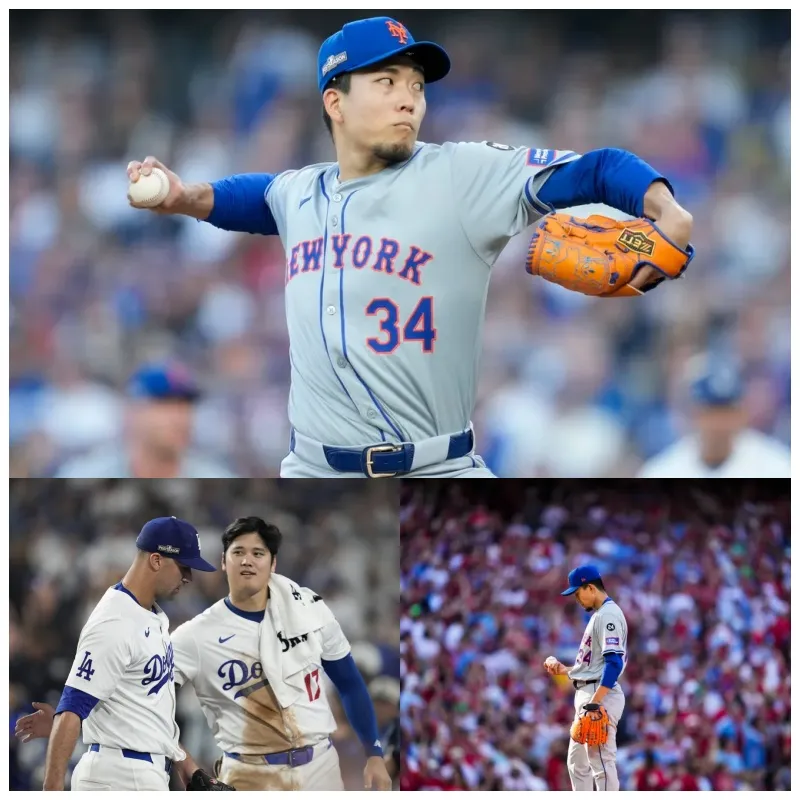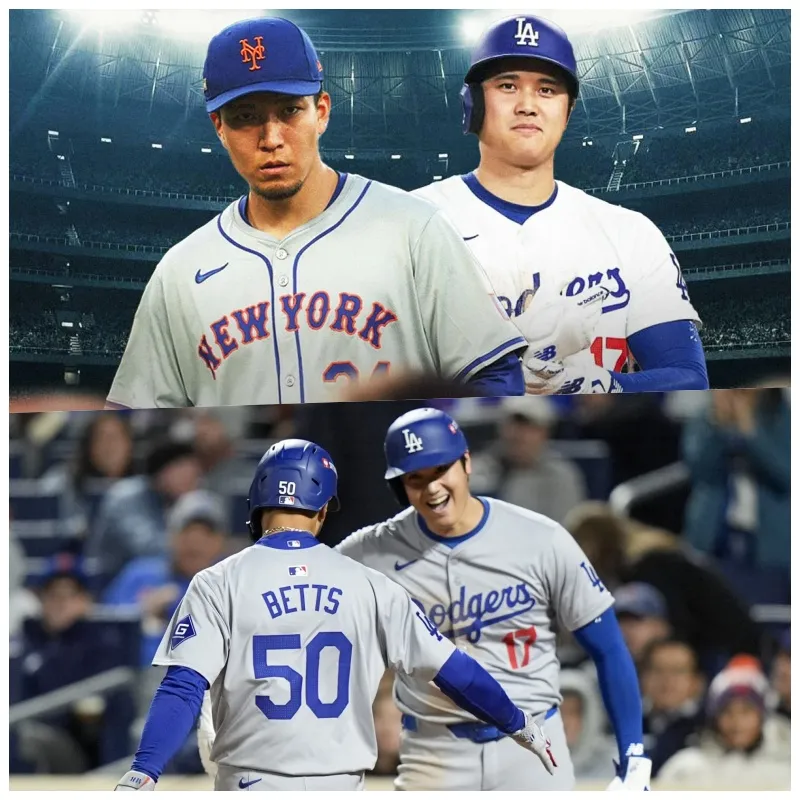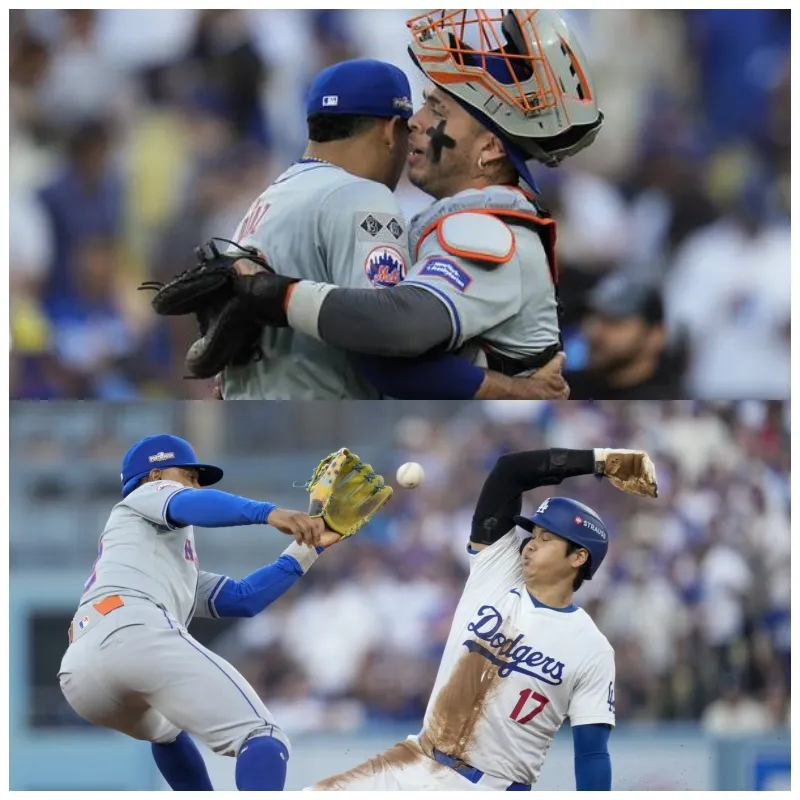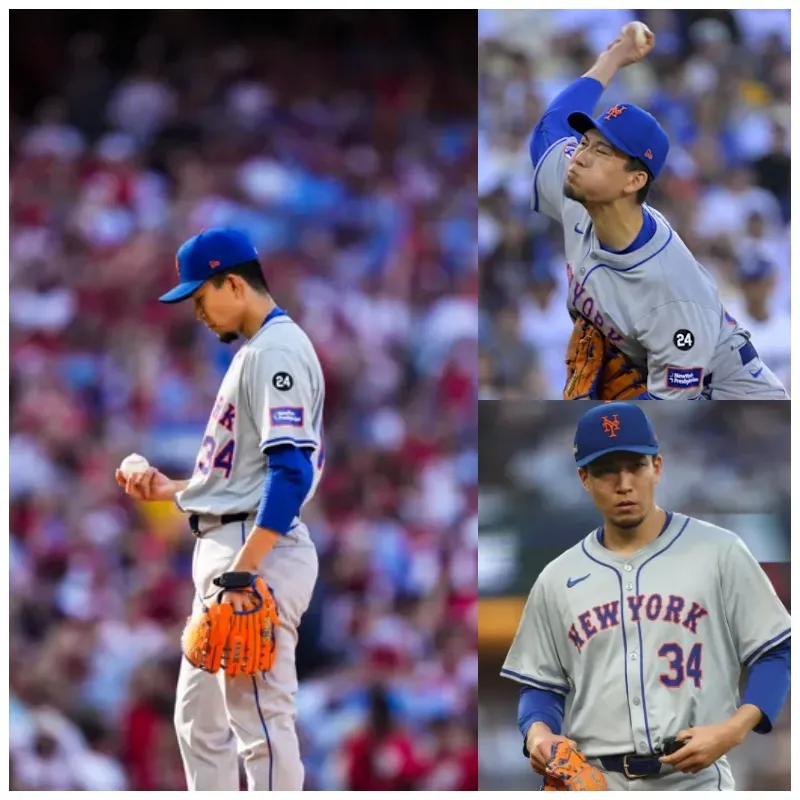
Kodai Senga, the New York Mets’ pitcher, knew something wasn’t right before stepping onto the mound for Game 1 of the National League Championship Series (NLCS) against the Los Angeles Dodgers. Unfortunately for the Mets, his concerns were well-founded. Senga lasted just 10 batters and got only four outs, as the Dodgers took an early 3-0 lead, knocking him out in the second inning.
The Dodgers capitalized on Senga’s control issues and went on to win 9-0 in a decisive NLCS opener. “I tried to make some adjustments on the fly, but obviously, I wasn’t able to,” Senga said through an interpreter post-game. “I’m just disappointed in myself that I couldn’t make the necessary changes.”

Early Struggles for Senga
Senga, a Japanese right-hander, made only his third start of the season and faced immediate difficulties. He walked four of his first eight batters, including three consecutive walks in the first inning. Out of his first 16 pitches, only three were strikes. Overall, he threw just seven strikes on 23 pitches in the opening inning.
Senga acknowledged the issue as largely mechanical. “I think there are a lot of factors, but the biggest issue might be mechanical errors,” he said. “I need to reflect on what happened and make adjustments so that I can deliver a better performance next time.”
The Dodgers, seizing the opportunity, quickly took control of the game. After walking Mookie Betts, Freddie Freeman, and Teoscar Hernández in the first inning, Max Muncy hit a two-run single, scoring Betts and a hobbling Freeman, who crossed the plate carefully to protect his sprained right ankle.
In the second inning, Senga’s struggles continued, including a wild pitch and a pitch clock violation. His night ended when fellow Japanese star Shohei Ohtani singled in Gavin Lux, who had walked to lead off the inning.

Mets’ Manager Reflects on Senga’s Struggles
Mets’ rookie manager Carlos Mendoza noted that Senga wasn’t at his best from the start. “He didn’t have the life on his fastball, and a lot of his pitches were non-competitive, especially his split. The way the Dodgers were taking those pitches, you could tell they were balls out of the hand,” Mendoza said.
Senga’s final line was three runs allowed on two hits, with just 10 of his 30 pitches being strikes. He was relieved by Reed Garrett in the second inning.
Season-long Struggles with Injuries
Senga has had a tough season, starting only three games due to a series of injuries. After a shoulder strain in the spring, he missed nearly four months before making his first start of the year on July 26. Unfortunately, he missed more time due to a strained calf and right triceps tightness.
In Game 1 of the NL Division Series against the Philadelphia Phillies, Senga lasted just two innings and threw 31 pitches. His fastball, typically averaging 95.8 mph, was down to 93.5 mph against the Dodgers, raising concerns about his recovery. Mendoza mentioned that the team will monitor how Senga responds in the coming days to determine if he will be available for a potential Game 5.
“We’ll take it day by day and see how he feels,” Mendoza added. “It will depend on how he bounces back.”

Missed Opportunities for the Mets
The Mets had a chance to rally in the fifth inning after Jesse Winker and Jose Iglesias hit back-to-back singles. However, Winker hesitated between second and third, ultimately being thrown out at third base by Kiké Hernández. Winker’s misread on the play stopped a potential scoring opportunity, frustrating the Mets.
“Off the bat, I thought I could make it to third, but I got caught in no man’s land,” Winker admitted. “It was a bad play by me. It kicked the wind out of a potential rally, and that’s what hurts the most.”
Hernández’s heads-up play, faking a throw to third before tossing to second, sealed the Mets’ fate on that play.
The Dodgers, led by manager Dave Roberts, capitalized on Senga’s struggles and Winker’s miscue to secure a dominant victory.






